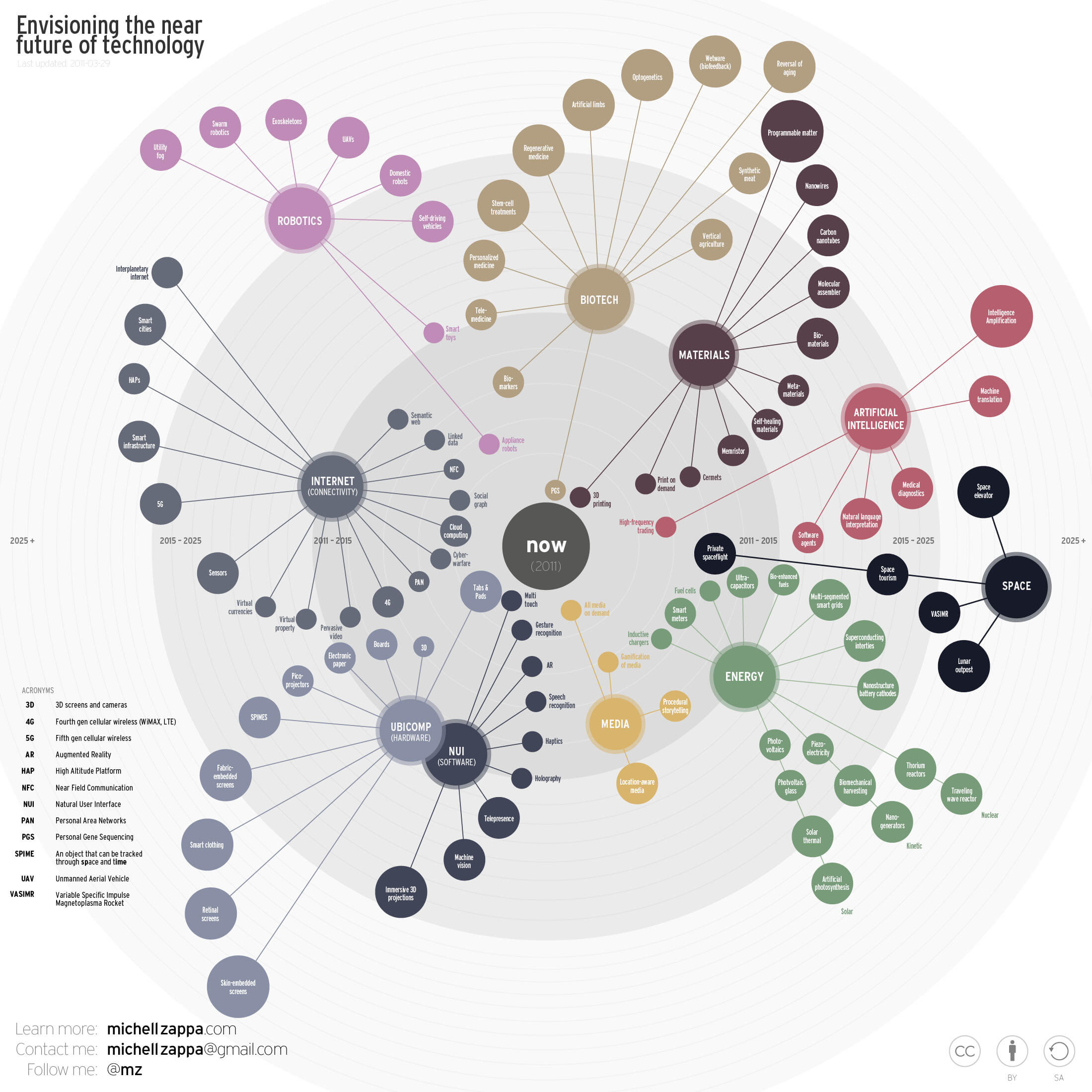
What Does The BYOD Device Of The Future Look Like?
by TeachThought Staff
BYOD has changed how the barriers of tech adoption are seen.
First and foremost, they’re now visible (the barriers). Many schools and districts are finding that in the current organizational context, BYOD is not as simple as letting students bust out their new Android or iPhone in class. There are privacy, legal, and procedural considerations that schools–again, given their current organizational frameworks–must address.
But that’s for today’s smartphones. What about the smartphone of 5 years from now? And will a 2018 device be much of a phone at all?
The BYOD device (yes, this redundant bring-your-own-device device, but you get the idea) of 2018 will still be readily identifiable as part of the same genus as today’s devices. It will (probably) remain a slab of polished glass with lit pixels underneath. They’ll still buzz for incoming notifications and allow you to contact practically anyone, anywhere in the world, on command.
It will inevitably incorporate a subset of the aforementioned technologies, but also surprise us with unimaginable functionalities that lay far beyond mere extrapolation.
We’ll stop worrying about battery life, storage, computation and even devices. Almost everything will be processed and stored online, with the smartphone serving as a temporary buffer for information, and as a constantly uploading sensor for ambient data.
It will hide an explosive wealth of possibilities behind the screen.
It will not only react, but predict.
It won’t just connect learners with communities or data, but almost certainly will suggest these communities and relevant data given a context.
It will feature–or will soon feature–true artificial intelligence, including natural language translation, and the potential for a variety of diagnoses.
It will be entirely in the cloud, and nearly ubiquitous, with its humble roots as a mere telephone long gone.
It will enable learning systems to personalize learning through automatic personal learning algorithms, which will suggest new content, cognitive actions, products, or other actions based on a learner’s complete learning history.
It will be up to education to adapt to these devices–devices that come from home, are carried with the learner all the time, and feature the apps, cloud-services, input gestures, and basic user interaction patterns that are native to that learner, a reality that only becomes troubling when schools can’t adjust to this in real-time.
The following visual from Michell Zappa @mz on twitter) offers some of these ideas and more, overall a glimpse into how technology is changing, in terms of both pace and direction.
An irony? Figuratively speaking, the device will allow you to see through walls and at times will seem to be reading your mind but it will not feel “indistinguishable from magic.” It will, like every device has, at every step of the way, become part of our expectations and quotidian, and become the new normal.
